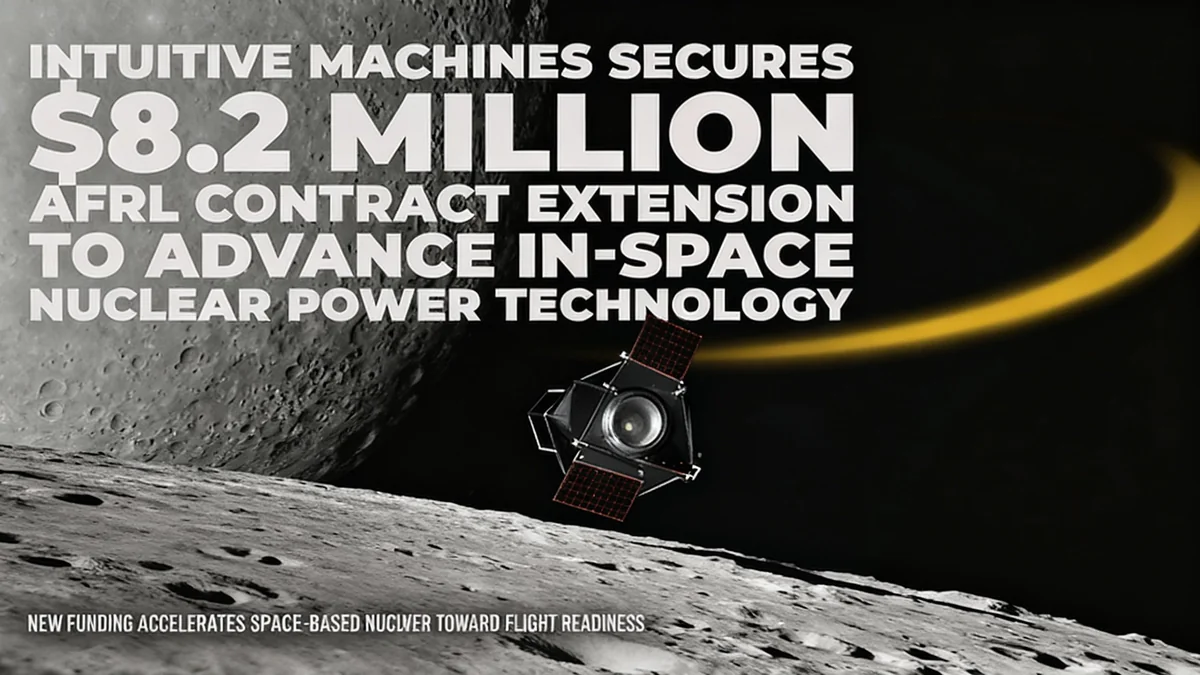At the recent Network and Distributed System Security (NDSS) Symposium 2025, NASA outlined its strategic vision for the future of space mission software. In a keynote address at the Workshop on the Security of Space and Satellite Systems (SpaceSec), Dr. Ashok Prajapati detailed the upcoming Core Flight System (cFS) 2.0, an evolution of the agency's foundational flight software framework designed to address modern cybersecurity threats.
Key Takeaways
- NASA is developing Core Flight System (cFS) 2.0, a major upgrade to its open-source flight software framework.
- The new version prioritizes enhanced cybersecurity measures to protect satellites and space assets from emerging threats.
- Dr. Ashok Prajapati of NASA presented the roadmap at the SpaceSec workshop, part of the NDSS 2025 symposium.
- Key improvements include better support for modern multi-core processors, advanced encryption, and secure boot processes.
- The upgrade aims to ensure the resilience of critical space infrastructure used for communication, navigation, and scientific research.
The Evolving Threat Landscape in Space
The domain of space is no longer a sanctuary from the cybersecurity challenges faced on Earth. During his presentation, Dr. Prajapati emphasized that the increasing reliance on satellites for everything from global positioning systems (GPS) to financial transactions has made them high-value targets. This growing commercial and governmental dependence demands a proactive approach to security.
Modern space missions face a range of potential cyber threats. These include signal jamming, data interception, and unauthorized access to satellite control systems. A successful attack could not only disable a single satellite but could also have cascading effects on terrestrial infrastructure.
What is the Core Flight System?
The Core Flight System (cFS) is a reusable and open-source software framework developed by NASA's Goddard Space Flight Center. It provides a standardized platform for developing flight software for satellites and spacecraft, significantly reducing development time and cost. Its modular design allows mission teams to select and configure components as needed, promoting code reuse across dozens of missions.
According to Dr. Prajapati's address, the original cFS architecture was robust for its time but was not designed to counter the sophisticated cyber threats that have emerged over the past decade. The move to cFS 2.0 is a direct response to this new reality, aiming to build security into the very foundation of future space missions.
Technical Enhancements in cFS 2.0
The upgrade to cFS 2.0 is not merely an incremental update; it represents a fundamental rethinking of flight software architecture with security at its core. Dr. Prajapati highlighted several key areas of improvement that will define the next generation of NASA's flight software.
Adapting to Modern Hardware
One of the most significant changes is the enhanced support for multi-core processors. While common in consumer electronics for years, their adoption in space has been slower due to the rigorous radiation-hardening and reliability requirements. The new framework is designed to leverage these processors securely, allowing for more complex computations and robust fault tolerance aboard spacecraft.
This shift enables advanced capabilities like onboard data processing and autonomous decision-making, reducing the reliance on constant communication with ground control, which can be a point of vulnerability.
Growing Satellite Constellations
The number of active satellites in orbit has grown exponentially. As of early 2025, there are over 9,000 active satellites orbiting Earth, a number projected to increase dramatically with the expansion of commercial constellations. Securing these vast networks is a primary driver for developing new software standards like cFS 2.0.
Bolstering System Defenses
Dr. Prajapati's presentation outlined a multi-layered security approach for cFS 2.0. This includes several critical enhancements:
- Secure Boot Processes: Ensuring that the software loaded onto a spacecraft's computer is authentic and has not been tampered with. This is the first line of defense against malicious code injection.
- Enhanced Encryption: Implementing state-of-the-art encryption standards for both data-at-rest (stored on the spacecraft) and data-in-transit (communications with Earth).
- Intrusion Detection Systems: Integrating lightweight, real-time monitoring tools to detect and flag anomalous behavior within the flight software, enabling a faster response to potential threats.
- Application Sandboxing: Isolating different software applications from one another to contain the damage if one component is compromised. A breach in a non-critical science instrument application, for example, would not be able to affect the main flight control system.
"Our goal is not just to patch vulnerabilities, but to create a resilient architecture where security is an intrinsic property of the system," Dr. Prajapati was quoted as saying during the workshop. "With cFS 2.0, we are providing the building blocks for a more secure and robust future in space exploration and operations."
Implications for the Broader Space Industry
Because cFS is open-source, the advancements in version 2.0 will have far-reaching implications beyond NASA. The framework is widely used by commercial space companies, university research projects, and international space agencies. By making these security enhancements available to the public, NASA is helping to raise the cybersecurity posture of the entire global space ecosystem.
The adoption of a common, secure framework can help standardize security practices across the industry. This is particularly important for the burgeoning commercial space sector, where startups and smaller companies may not have the resources to develop proprietary, highly secure flight software from scratch.
The NDSS Symposium, known for bringing together security researchers and practitioners, served as an ideal venue for this announcement. The technical audience was able to engage directly with the concepts and contribute to the ongoing dialogue about securing the final frontier.
Looking Beyond cFS 2.0
The keynote concluded with a look toward the future. Dr. Prajapati suggested that subsequent versions of cFS could incorporate artificial intelligence and machine learning to create adaptive security systems. Such systems could autonomously identify and neutralize novel threats in real-time without intervention from ground controllers, a critical capability for deep-space missions to Mars and beyond where communication delays are significant.
The development of cFS 2.0 is a clear signal that cybersecurity is now a central pillar of space mission design. As humanity's activities in space continue to expand, ensuring the integrity and security of the underlying software infrastructure will be paramount to success and safety.





